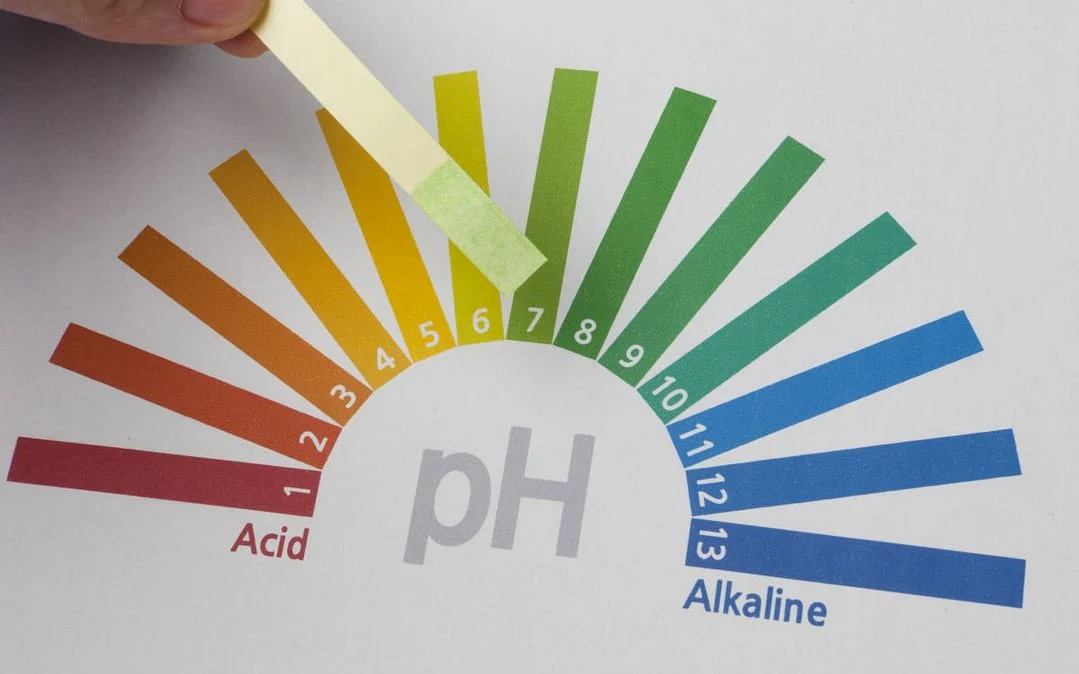Washing machine has sediment at the bottom – Causes and solutions
Washing machines are gradually becoming indispensable items in every modern family. However, after a period of use, many people encounter…
Are you wondering why your clothes are not really clean after washing? Or why they quickly fade, lose shape and become less durable? It is very possible that you are making one of the common mistakes when using laundry detergent below. Laundry seems simple but there are many tips and rules. If you do not […]
Are you wondering why your clothes are not really clean after washing? Or why they quickly fade, lose shape and become less durable? It is very possible that you are making one of the common mistakes when using laundry detergent below.
Laundry seems simple but there are many tips and rules. If you do not understand them, you can accidentally damage your clothes and cost more in the long run. Let’s find out how to fix it right away!
This is the number one mistake many people make, thinking that using more detergent will make the laundry cleaner. However, the opposite is true:
Solution: Always read the instructions on the detergent packaging carefully and follow the recommended dosage based on the amount of laundry and how dirty it is.
The habit of conveniently pouring detergent directly onto dry clothes in the washing machine is one of the leading causes of color bleeding or stains on clothes.
Solution: Always pour detergent into the washing machine’s dedicated compartment. If hand washing, dissolve the detergent in the water before adding the clothes.
Sorting clothes is not only a matter of “convenience” but also a key factor in cleaning and protecting the durability of the fabric. Failure to sort carefully will lead to:
Solution: Sort clothes by color (light, dark, separate colors), material (cotton, wool, silk, delicate), and level of dirt.
Water temperature greatly affects the effectiveness of detergent and the durability of fabrics. Many people often just choose a default washing mode without paying attention to this factor.
Solution: Check the clothing label to choose the appropriate water temperature. Most detergents work best in warm or cold water.
Washing machines are where laundry detergent and dirty clothes are stored. If not cleaned regularly, they will become a breeding ground for bacteria and dirt, directly affecting the washing quality and lifespan of the machine.
Solution: Clean the washing machine drum regularly (at least once every 1-2 months) with specialized products or vinegar/baking soda. Always leave the washing machine door ajar after washing to allow air circulation and prevent mold.
By avoiding the above mistakes and applying these tips, you will see that your laundry detergent will be most effective, your clothes will be cleaner, more colorfast and have a significantly longer lifespan. Follow THT Vietnam now to update useful information every day!

Washing machines are gradually becoming indispensable items in every modern family. However, after a period of use, many people encounter…

In the cosmetics industry, especially in the field of detergent production, pH is one of the most important factors that…

In the increasingly competitive cosmetics market, building a private label brand is not just about beautiful packaging or a massive…